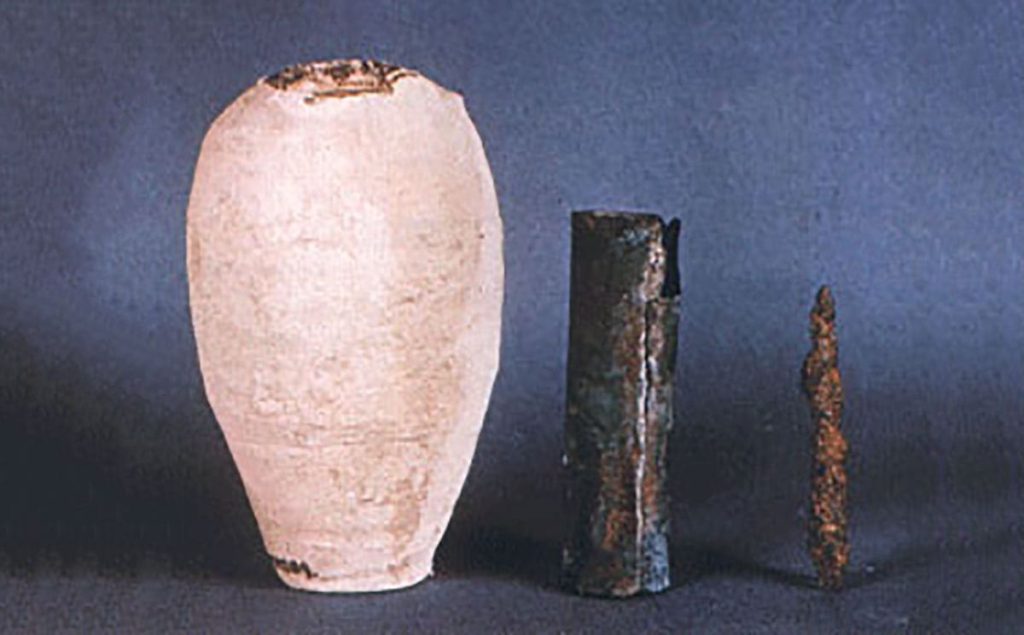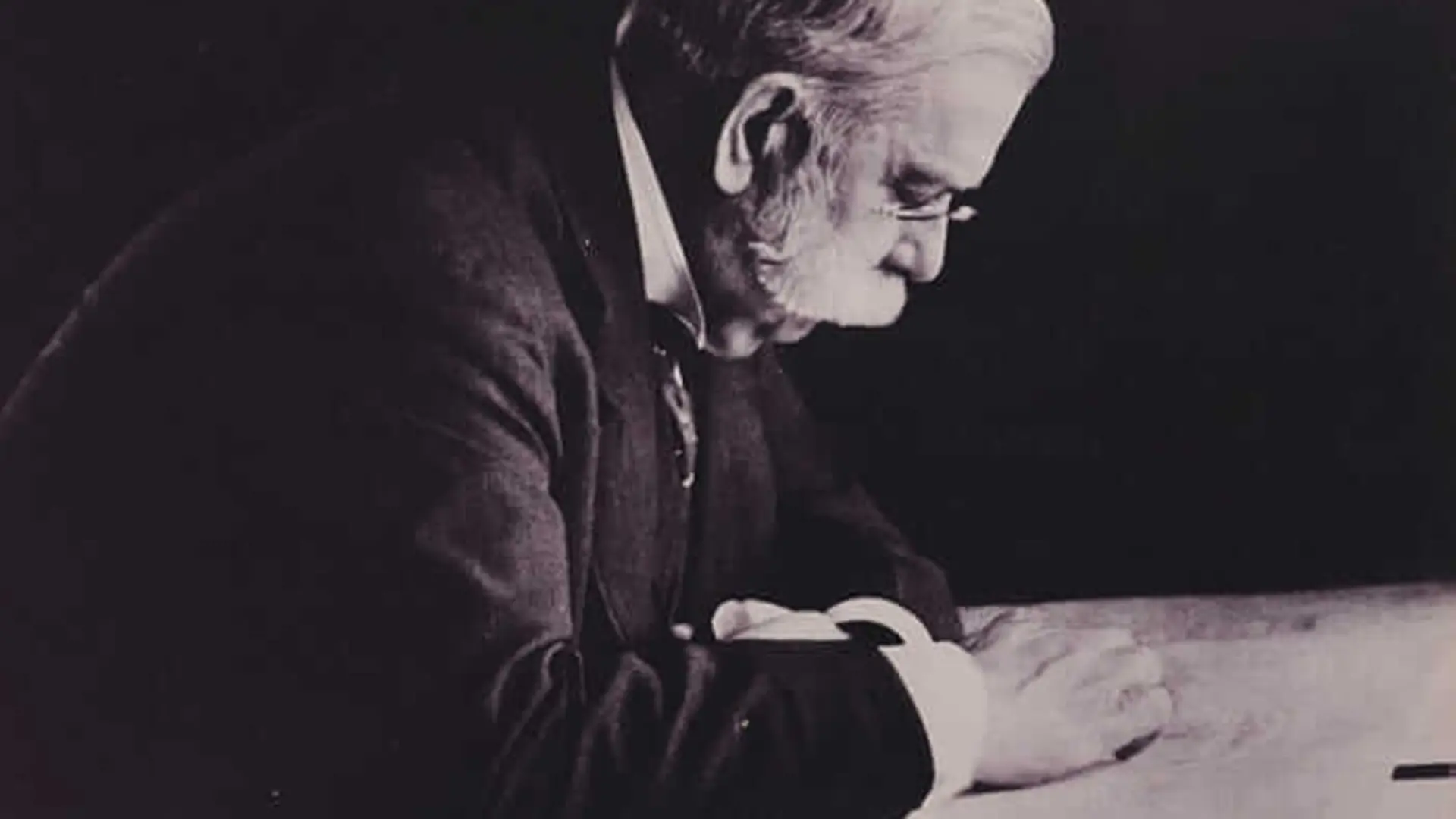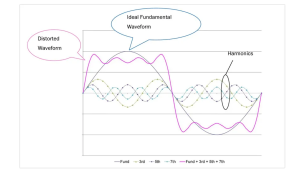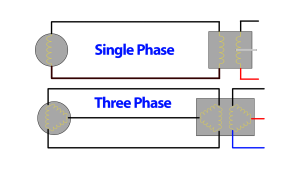History of Electricity
Electricity has a fascinating history characterized by profound discoveries and remarkable inventors (a loose term for some of these individuals). From ancient observations to modern applications, the journey of electricity is a bizarre tale of curiosity, experimentation, and ingenuity. This history features the contributions of key figures whose discoveries and innovations have fundamentally shaped our understanding and utilization of electrical energy.
Ancient and Medieval Observations
The history of electricity begins with ancient civilizations. The earliest instances of any sort of recorded “proof” of electrical technology are a bit…arguable. Scholars debate findings from the Middle-East and Africa as evidence of early electricity use for power storage and illumination. But they could also easily be something we have no current understanding of. The Baghdad Battery, an artifact discovered in the vicinity of Baghdad, is a clay pot containing a copper cylinder and an iron rod, dating back to around 250 BC. While some speculate that it might have served as a galvanic cell for electroplating. There isn’t actually definitive evidence supporting its use as a battery. Most scholars think it might have served other purposes, such as storing sacred scrolls or as part of a ritualistic practice.

Source – https://skeptoid.com/
The Egyptians also had etchings of something which some people interpret as an early lightbulb in use. The image often referred to is found in the Temple of Hathor at Dendera, Egypt. It depicts a detailed carving that some fringe theorists suggest shows an element inside of an ancient light bulb. However, mainstream archaeologists and Egyptologists interpret this carving as a symbolic representation of a djed pillar and a lotus flower, emitting a snake within, which are all linked to ancient Egyptian mythological and religious elements. Interestingly, archaeologists acknowledge that fire is the only method to illuminate the space where these carvings are found. Yet, the lack of evidence for fire use in that space leads some to believe further that these images represent an artistic rendition of early electrical illumination.

Source – https://www.soulask.com/
Moving to the more verifiable ancient history, we find ourselves in Greece. The Greeks, around 600 BC, discovered that rubbing amber (fossilized tree resin) with fur could attract light objects like feathers. A phenomenon we now understand as static electricity. This was the first true recorded observation of the effects of electricity. However, for many centuries thereafter, progress in electrical knowledge was slow and sporadic.

Source – https://jadepop.com/
In the medieval Islamic world, scholars like Ibn al-Haytham made contributions to the understanding of optics and electricity. They conducted experiments that would lay the groundwork for future scientific methods. Though the full electrical implications of their work were not realized until much later.
The Renaissance and Enlightenment
The Renaissance was a turning point, characterized by a renewed interest in science and experimentation. In the 1600s, William Gilbert, an English physician, coined the term “electricus” to describe the force that certain substances exert when rubbed. The credit often goes to him for being the first to systematically study electric phenomena.
The 18th century witnessed significant advancements in the study of electricity. Stephen Gray differentiated conductors and insulators and demonstrated electricity could be transferred over a distance. While, Pieter van Musschenbroek and Ewald Georg von Kleist independently invented the Leyden jar, which was an early form of a capacitor, capable of storing electrical charge.

Source – https://en.wikipedia.org/
The Birth of Modern Electrical Theory
Benjamin Franklin, in the mid-18th century, conducted his famous kite experiment, proving that lightning was electrical in nature. This not only demonstrated the connection between electricity and light. But it also led to the development of the lightning rod, safeguarding buildings from fires caused by lightning strikes.
Around the same time, Luigi Galvani discovered bioelectricity when he observed that dissected frogs’ legs twitched when struck by a spark. This led to the galvanic theory of electricity, which proposed that electricity was a fluid that flowed through conductors. However, Alessandro Volta was skeptical of Galvani’s theory and through his research, he invented the voltaic pile. This is the first true battery, which produced a steady electric current. From Volta’s work we receive the word Voltage, or Volt.

Source – https://en.wikipedia.org/
Electromagnetism and Faraday
The connection between electricity and magnetism was elucidated by Hans Christian Ørsted when he demonstrated that a current-carrying wire could deflect a compass needle. This discovery of electromagnetism paved the way for André-Marie Ampère, who formulated the mathematical basis of electromagnetism. Also giving us the Ampere, or Amperage (Amps). Then there is Michael Faraday, who established the principle of electromagnetic induction. Faraday’s experiments in the early 19th century demonstrated that a changing magnetic field could induce an electric current in a coil of wire. A principle that forms the basis of modern electric generators and transformers.

The Era of Innovation and Commercialization
The late 19th and early 20th centuries were a period of rapid innovation and commercialization of electricity. Thomas Edison, Nikola Tesla, and George Westinghouse were instrumental figures during this period. Thomas Edison patented the first practical incandescent light bulb and built the first electrical power station. Thus, bringing electric lighting to the masses.
Nikola Tesla contributed to the development of alternating current (AC) systems, which proved more efficient for long-distance transmission of electrical power compared to direct current (DC) systems promoted by Edison. The “War of Currents” between AC and DC eventually ended with AC becoming the dominant mode of electrical transmission worldwide.
George Westinghouse, an entrepreneur and engineer, backed Tesla’s AC system theories and developed the technology to distribute electricity over vast distances, an innovation that fundamentally changed the energy landscape.

Source – https://www.autodesk.com
Modern Electrical Engineering and Beyond
The 20th century saw the widescale adoption of electric lighting and equipment in homes and businesses throughout the world. Pushing discovery further brought forth the development of solid-state electronics, starting with the invention of the transistor in 1947. This tiny device, which could amplify and switch electronic signals and electrical power, was essential for the development of integrated circuits, computers, and other types of electronic equipment. Therefore, from there we see the development of television, radio, telephones, computers, and the internet.

Source – https://learn.sparkfun.com/
In the contemporary era, electricity remains a field of active research and innovation, with developments in renewable energy sources, smart grids, energy storage systems, and electric vehicles driving the next wave of technological evolution. There is also a race to find the next viable energy-efficient light source beyond standard LED, which as introduced QLED and OLEDs to the market.
Conclusion
The history of electricity is a narrative of exploration and ingenuity, marked by the contributions of scientists and inventors who pushed the boundaries of knowledge and technology. From the early observations of static electricity to the sophisticated applications that power our modern world, electricity continues to be a vital force in human advancement. Understanding its history not only highlights the milestones of science but also underscores the importance of creativity and persistence in overcoming the challenges of the unknown.






